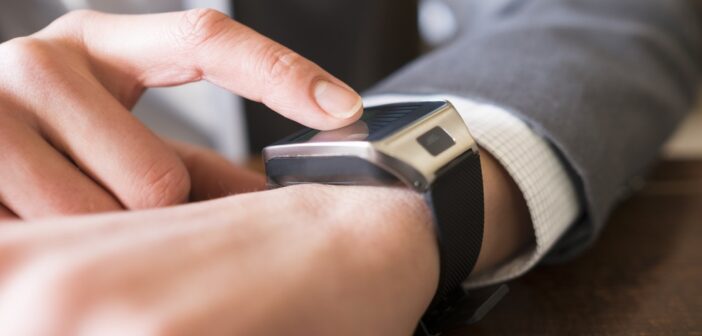
The outbreak of COVID-19 pandemic has led to reduced consumer spending in consumer electronics devices, resulting in the low adoption of smartwatches in 2020. However, the addition of advanced features such as social distancing warning alarm, body temperature monitoring, oxygen saturation (SpO2) monitoring and handwashing timer is bound to drive smartwatch adoption in the Asia-Pacific (APAC) region, says GlobalData.
An analysis of GlobalData’s Thematic Forecasts Model reveals that the COVID-19 outbreak will lead to a Y-o-Y 9% decline in smartwatches shipment, resulting in 10% revenue dip in 2020.
Manish Chaurasiya, Senior Technology Analyst at GlobalData, comments: “New age customers are becoming health conscious and preferring devices with advanced features. With the uncertainty regarding the period of COVID-19 prevalence, self-monitoring features like SpO2 monitoring, real-time body temperature monitoring in smartwatches will help not only consumers but also healthcare professionals to track and analyze coronavirus patients between pre and post-infection.”
The kids smartwatches segment has been buzzing in recent times, primarily owing to the preference amongst working parents to enable them to monitor their kids remotely. The segment has witnessed increased adoption due to the presence of multiple features like cellular connectivity, voice assistant, GPS, parent-child navigation and SOS button. Prominent vendors in this segment include Immo, Huawei and Vtech.
Sensing the vast revenue potential in the smartwatch segment, leading APAC smartphone vendors such as Xiaomi, Realme, Nubia and Oppo have ventured into this segment. As a result, the competition is set to intensify in the region, which already has incumbents like Huami (Amazfit) and Huawei, which are challenging the global vendors including Apple, Samsung and Fitbit.
Mr Chaurasiya continues: “These local smartphone vendors are set to grab a significant portion of the market share, owing to their aggressive pricing strategy in addition to offering similar product features like cellular connectivity, message notification, hear rate monitoring, ECG readings, and GPS tracking of workouts, among others.”
Though a niche and emerging industry segment, there have been a few M&As in the space to foster product portfolio diversification like Google’s acquisition of Fitbit and Fossil (only Smartwatch asset) in 2019 and Titan’s acquisition of HUG Innovations in early 2020.
Mr Chaurasiya concludes: “The smartwatch segment is expected to be impacted by COVID-19 to some degree. However, factors like new entrants, selective M&As, smart COVID-19 features’ support, aggressive and competitive pricing, the emergence of new disruptive segments like kids smartwatches are likely to have a positive impact on the smartwatches industry during the recovery period after the recession in 2020.”





